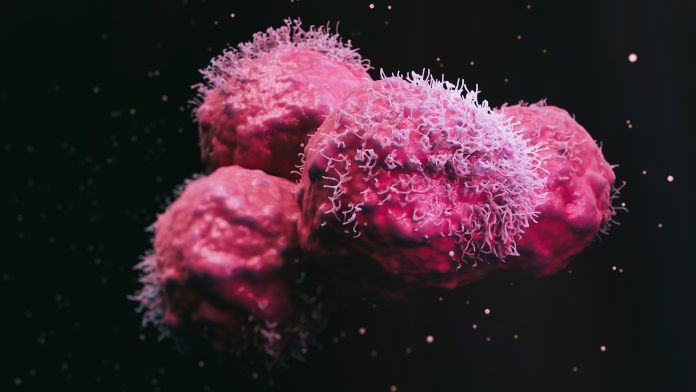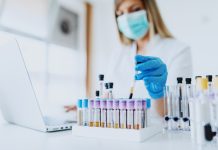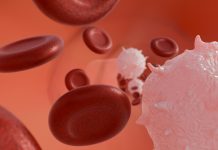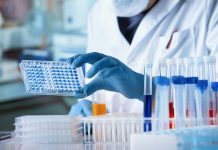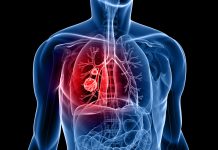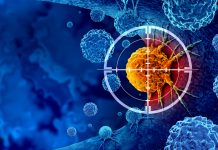Scientists using TwinsUK data and ultra‑precise DNA sequencing have uncovered rare DNA mutations in healthy tissue that could help explain how cancer develops early in life
Researchers have discovered hidden DNA mutations in healthy people that could provide clues to how cancer begins. Using data from the TwinsUK cohort and advanced NanoSeq sequencing, the study mapped hundreds of thousands of mutations, including in known cancer genes, revealing how genetics, age, and environment may silently shape cancer risk long before disease develops.
The findings are detailed in Nature.
Advancements in Genetic Research with NanoSeq Technology
Researchers from the Wellcome Sanger Institute and TwinsUK at King’s College London have introduced an improved version of nanorate sequencing (NanoSeq). This highly accurate DNA sequencing technique detects rare genetic mutations with detailed precision.
The researchers used targeted NanoSeq to analyse cheek swabs from more than 1,000 TwinsUK participants, alongside 371 blood samples. This dataset enabled experts to examine how genetic mutations occur in normal tissues over time and how lifestyle and environmental factors, such as smoking and alcohol consumption, can influence these changes.
Uncovering the genetic link between lifestyle factors and cancer mutation patterns
The team found over 340,000 mutations in cheek cells, including more than 62,000 in genes known to drive cancer. They identified 49 genes under positive selection, meaning they harbor mutations that confer a growth advantage, including many well-known cancer genes such as TP53.
The analysis identified clear genetic ‘signatures’ associated with ageing, smoking, and alcohol intake. For example, smoking was associated with more mutations in the NOTCH1 gene and more growth of mutant clones, while heavy drinking left a distinctive pattern of DNA changes. Furthermore, the most mutated clones in normal tissue were tiny. They did not grow over time, suggesting that whilst mutations are common, many mutated cells are prevented from expanding and progressing to cancer.
By combining NanoSeq’s ultra-accurate sequencing with the depth and diversity of TwinsUK’s long-term twin data, researchers could create the most detailed picture yet of how normal tissues mutate and evolve. These insights could help scientists better understand the earliest biological changes that precede disease and how factors such as lifestyle, environment, and genetics contribute to cancer risk.
“The combination of deep clinical and lifestyle data from the TwinsUK study and the new NanoSeq method allowed us to investigate how genetic mutations accumulate in human tissue at an unprecedented scale and depth. This work has revealed links between environmental exposures, ageing and the development of mutational patterns, which improves our ability to identify the exposures and mutations that lead to cancer and other diseases,” added Professor Kerrin Small, Professor in Genomics at King’s and co-author of the paper.
The improved version of NanoSeq is being used in other studies at the Sanger Institute, including another collaboration with TwinsUK. This study examined how harmful DNA changes accumulate in sperm cells as men age, offering new opportunities to explore how environmental and lifestyle factors may affect genetic risk in future generations.

